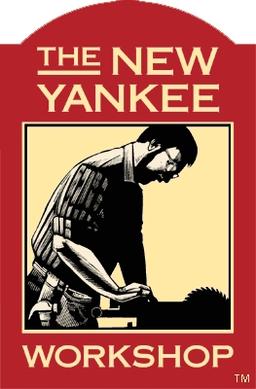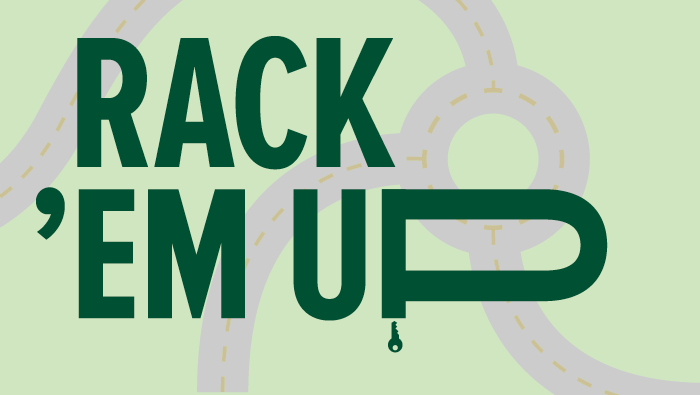

if you do go to an establishment that pays based on the assumption of tips
In the USA, there are only 7 US States (and Guam) which mandate that the minimum wage be paid prior to consideration of tips. All other states permit some fraction of tips to be considered as part of minimum wage, with some states limiting the employer contribution to as low as $2.13/hr.
This is indeed an absurd situation outside of those seven states, but it also means that it’s nigh impossible to avoid establishments that rely on tips to supplement wages, in the other 43 states.
With this background, I can understand why the earlier commenter views tipping as exploitative, for both the consumer and the staff. The result of either choice – boycotting places that pay less than minimum wage, or not tipping at those places – doesn’t change the fact that the staff are being underpaid, which is the root exploitative practice.
you’re just joining in the exploitation
I think reasonable people can disagree on this point, on whether not tipping constitutes a secondary exploitation. Firstly, this framing places blame on individuals when the whole situation is a systemic machine of abuse. It is no different than the nebulous idea of personal responsibility for greenhouse gas emissions, when large polluters have the actual levers to make real change. Secondly – and this is an economic policy argument which I personally don’t subscribe to – it can be argued that prolonged employment while underpaid is better than no employment at all, based on the premise that the employer would close down if a boycott was successful.
But like I said, the initial exploitation is root. Everything else is collateral. Systemic abuse is fixed by systemic overhaul.









Couldn’t read beyond the paywall halfway down, but the economics make sense: if an OEM manufacturer has mastered their craft for producing a commodity (ie bicycle parts), the growth opportunity is to develop a brand, since that’s where the value-add is. Ideally, this goes hand-in-hand with quality assurance, parts and service availability, and dealer networks.
It’s a tall order, and unlike consumer electronics which can be easily warehoused and distributed (see Amazon), bicycles of every type (beyond the bike-shaped objects sold as toys from big-box stores) need regular upkeep. And that cannot feasibly be centralized: a brand must exist in each country or region that it establishes itself in. In the present tariff-ridden environment, this is even more difficult.
That said, if a Chinese bike manufacturer can attain a similar status as Anker for electronics, then this should be a net-positive for everyday bike riders. I use Anker as an example because they neither had the ability nor inclination to go all-in on proprietary standards (see Apple). Rather, Anker’s product line are high-quality versions of commodity electronics, including USB C phone and laptop chargers. But they also push the envelope with Gallium Nitride (GaN), which itself is still somewhat of a premium feature.
So I’m hoping Chinese bicycle manufacturers still keep true to established bicycle standards – eg normal ETRTO sizing for tires, compatible chains and chainrings, etc – since that also allows consumers to buy these components piece-meal. But if they can bring cost-effective innovations into the space, that too would be welcomed.